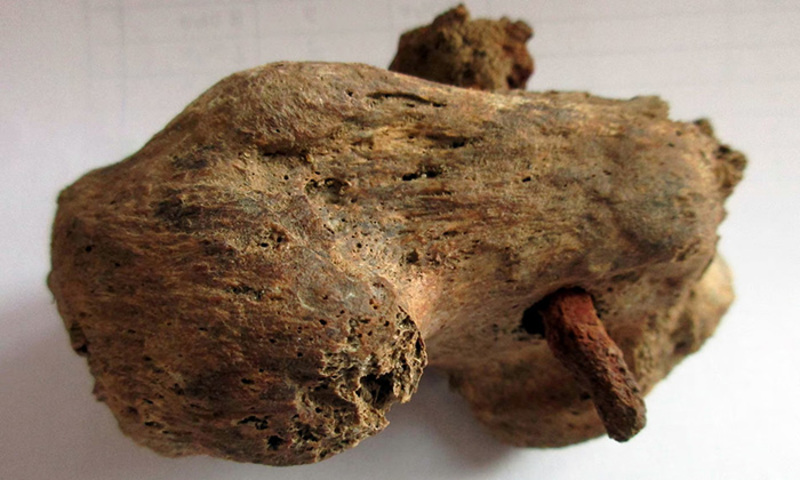Can archaeology shed light on the first prophecy about Jesus in the Bible? A portion of God’s curse of the serpent in Genesis 3:15 is known as the protoevangelium, or the “first gospel,” as it refers to the woman’s seed crushing the evil one: “And I will put enmity between you and the woman, and between your offspring and hers; he will crush your head, and you will strike his heel” (NIV).
Paul apparently has this passage in mind when he writes, “The God of peace will soon crush Satan under your feet” (Rom. 16:20, ESV). John’s vision in Revelation 12 alludes to it as well: “...that ancient serpent called the devil, or Satan, who leads the whole world astray” (v. 9), and “Then the dragon became furious with the woman and went off to make war on the rest of her offspring, on those who keep the commandments of God and hold to the testimony of Jesus” (v. 17).
While the intent of God’s curse in Genesis 3:15 seems clear, there is considerable discussion of the precise meaning of the Hebrew verb translated “crush,” “bruise,” or “strike,” especially with regard to the serpent’s injury of Eve’s offspring. The verb’s translation is complicated by the fact that it only occurs four times in the Bible, two times in passages that are themselves enigmatic, and twice in this verse, which is more apparent in the ESV translation: “I will put enmity between you and the woman, and between your offspring and her offspring; he shall bruise your head, and you shall bruise his heel” (ESV, italics added).
Jonathan Cheek has done excellent research into the Hebrew verb’s meaning, including a detailed analysis of contextual nuance and parallelism. He favors a “strike” or “crush” interpretation, noting that the traditional (King James) English translation as “bruise” is misleading today because “bruise” in Old English carried the sense of “batter or crush,” which the modern English term has lost. Moreover, he favors translating the Hebrew as “strike his heel” over “crush his heel” because “strike” reflects more what a snake does, although he notes that “crush his head” better captures the asymmetry of the head versus heel injuries and the implied fatal nature of the head wound.
If we view this passage as a prophecy about the Messiah, as most commentators do, then I think we can look at its fulfillment as a guide to help us translate the passage. In particular, archaeological evidence into the Roman practice of crucifixion shows that “crush his heel” is likely the best understanding.
The precise means of attaching victims to a cross has been subject to considerable debate, and it is likely that practices varied. One traditional assumption, commonly seen in paintings of Jesus’ crucifixion, has been that for victims where nails were used, they were driven through the palms of their hands and the flat parts of their feet (through the metacarpals and metatarsals). However, research with cadavers demonstrated that these locations are not strong enough to support the victim’s weight. Thankfully, archaeological evidence has recently clarified the method, clearly showing that victims were nailed to a cross through their heel bones. The most recent example, recovered in England and reported in the journal British Archaeology in 2022, shows the well-preserved ankle bone pierced by the nail. The authors note that the nail “misfired” the first time the attempt was made to drive it through the bone, compounding this victim’s injury.
Thus, in light of this archaeological evidence, it is stunning how literally the protoevangelium was fulfilled: the death blow to Satan through Jesus’ sacrificial death on the cross to redeem us came at the cost of the crushing of Jesus’ heels.
Read more at thegoodbookblog.com.
 Biola University
Biola University




.jpg)